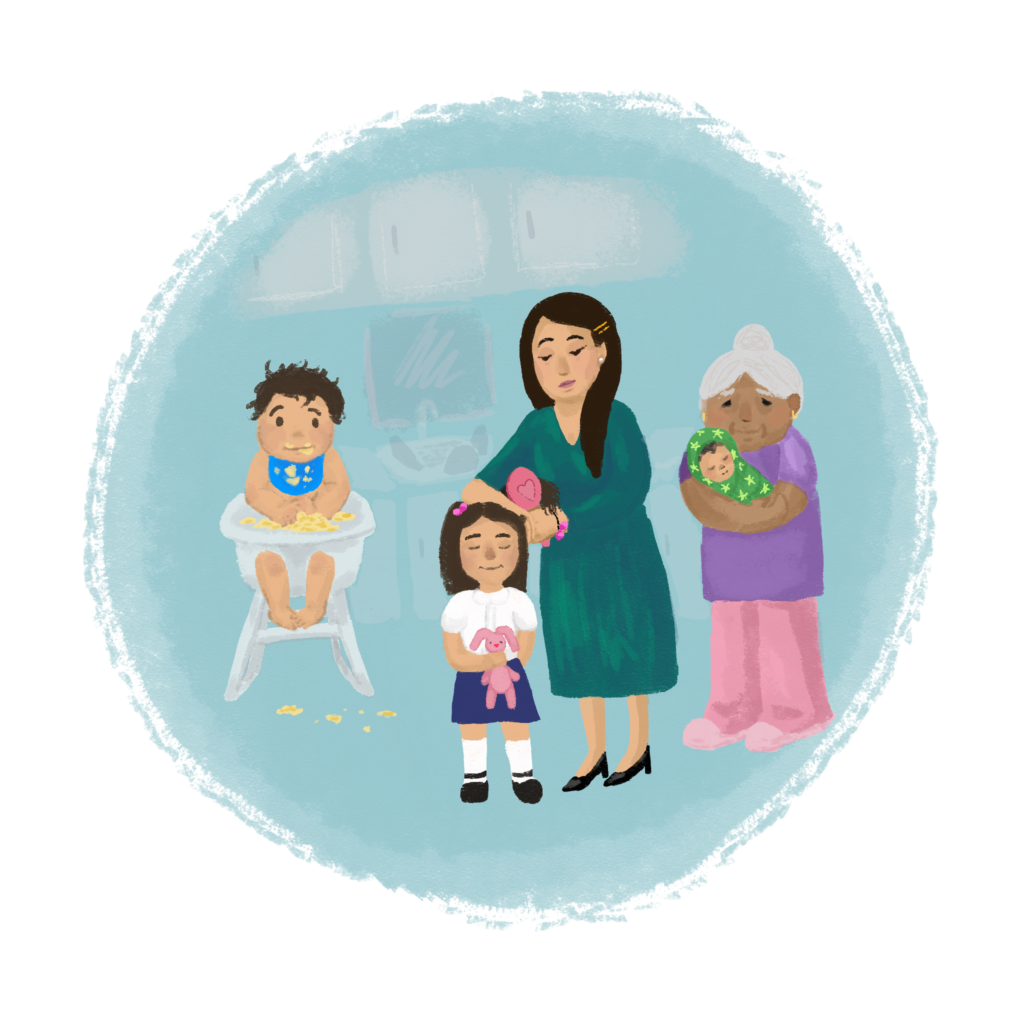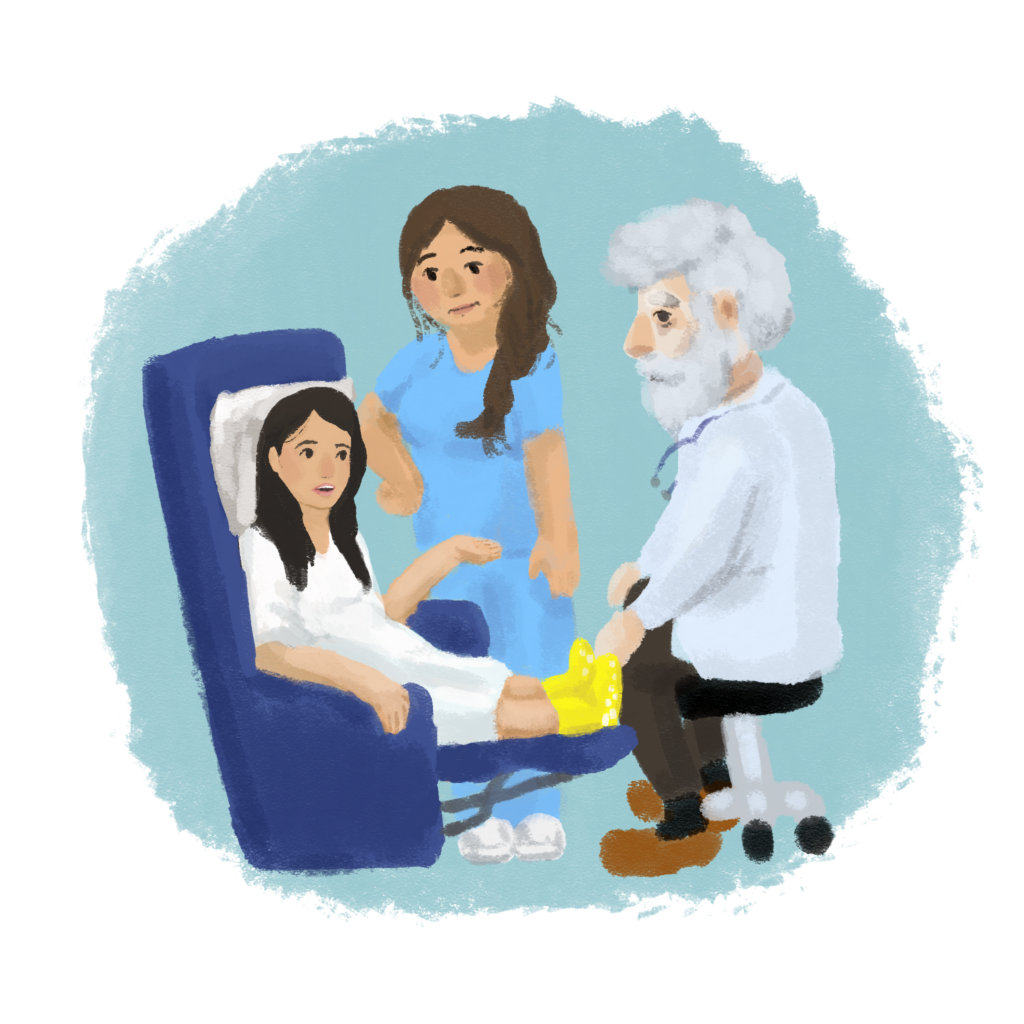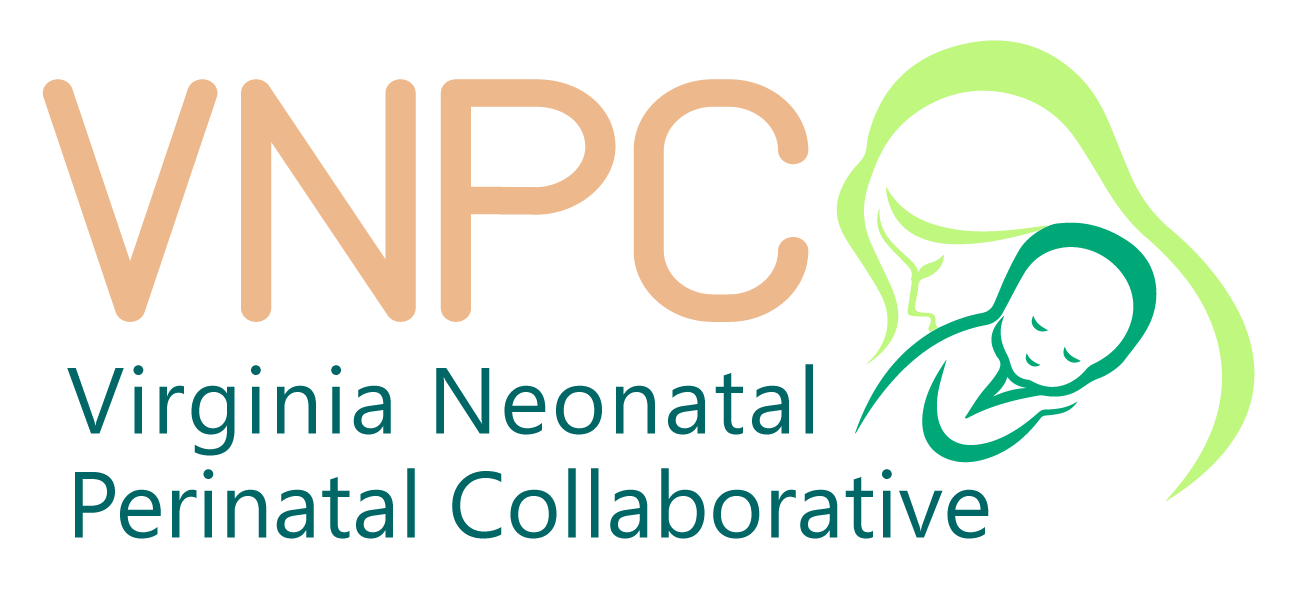Introduction
The state of maternal healthcare in the U.S. has put 32 million reproductive-age women at higher risk of worse outcomes due to lack of reproductive and maternal healthcare. One third of U.S. counties are now considered “maternity care deserts,” which are counties with “limited or no access to birthing hospitals, birth centers offering obstetric care, or obstetric providers.” Most maternity care deserts have a higher burden of pregnant women with chronic health conditions. Besides lack of access, factors like greater maternal age, chronic disease, mental health disorders and substance use disorders all make women more vulnerable to poor outcomes. These factors are increasing among women of reproductive age.
“With the complexity of our maternal health patients increasing while access to care is decreasing, it is plain to see that there exists a deadly mismatch.”
The United States’ health care system’s inverse relationship between maternal health access and patient complexity results in preventable maternal deaths. The solution to this problem requires improving maternal healthcare access, which can only be done with proper care coordination. Care coordination requires a team-oriented approach, of which the patient is a member, along with the patient’s family involved in medical-decision making and all involved interprofessional healthcare professionals. Everyone on the team is involved in the organization of activities related to the patient’s care and is responsible for the incorporation of cultural competence and relevant issues such as insurance status in the care plan when appropriate. This approach ensures that everyone is on the same page regarding the patient’s preferences, needs and values, promoting better care and outcomes.
The VNPC has long been a proponent of leading by example. With our Turn the Page Project, we showcased real-life stories of the ups and downs of pregnancy, birth, and postpartum experiences told by the women who lived them. In addition to giving women with lived experience a platform and helping other women with similar experiences feel connected and seen, these stories also illuminate ways in which we can improve as maternal health professionals. In this article, a case study of a fictional postpartum preeclampsia patient will be used to highlight what can go right and wrong in a complex case of maternal health care coordination. The patient’s health issues, barriers, outcomes will be introduced and analyzed. The entire case will be evaluated for adherence to the standards of maternal healthcare and care coordination throughout the length of the patient’s hospital stay and a period thereafter.
Patient Case
M.L. is a 28-year-old Hispanic-white postpartum woman with a history of diabetes mellitus type II (DM II) and three live, full-term non-complicated vaginal births within the past five years. M.L. presented to the emergency department (ED) at six weeks postpartum with headache, shortness of breath and a BP of 160/110. M.L. was admitted to the intensive care unit (ICU) to manage postpartum preeclampsia as a complication of her recent pregnancy. M.L. was diagnosed with DM II seven years ago, and she had diagnosed gestational diabetes in all three pregnancies. She reported having missed “a few” prenatal appointments, citing transportation and childcare as the causes. M.L. and her three children live in a house in rural Virginia with M.L.’s mother. M.L. works a desk job, is the primary provider in the household and is insured through Medicaid. M.L. is a second-generation Latina American. 
Challenges
Maternal health patients in rural areas are at higher risk of adverse outcomes due to limited geographical access to health services. In addition, rural living and low income contribute to food insecurity, malnutrition, and chronic illness. M.L.’s role as a single parent and sole provider in her household to four dependents present time and financial constraints which have historically limited her ability to attend prenatal appointments. These constraints may continue to present a barrier to M.L.’s follow-up care. In addition, M.L.’s cultural background as a Hispanic American and status as a second-generation immigrant give her a unique view about mental illness that must be taken into consideration. Mental illness is not always spoken about in traditional Latin American culture, although progression of acclimation to U.S. culture is positively correlated with access of mental illness services. Therefore, care should be taken to educate M.L. on mental health and mental health services in a culturally sensitive manner.
Care Coordination Plan
Helpful Protocols and Guidelines
Preeclampsia, most frequently characterized by high blood pressure and protein in urine, is a preventable complication of pregnancy for which pregnant women are typically screened. Severe preeclampsia is a type of preeclampsia in which the blood pressure climbs to around 160/110, which is what happened to M.L. Low dose aspirin started in the first trimester, which is recommended for high-risk women, could have reduced M.L.’s risk of preeclampsia by as much as 50%. Immediate basic supportive measures such as oxygen administration, prevention of maternal injury, and magnesium sulfate as seizure prophylaxis, (medications to prevent seizures, which are sudden, abnormal electrical activities in the brain) are part of the protocol for preeclampsia treatment. Antihypertensive medications, which are medications to bring blood pressure down to a normal level, are administered after initial supportive measures and seizure prophylaxis.
HELLP syndrome develops in 10-20% of severe preeclampsia cases. It is a complication of preeclampsia marked by problems with red blood cells, liver, and blood clotting. Severe preeclampsia patients must be monitored for HELLP via early and regular blood tests. In addition to HELLP, kidney and brain problems should be on the care team’s radar as potential complications. Once a severe postpartum preeclampsia patient is stabilized and sent home, they should be counseled to regularly monitor their blood pressure, blood oxygen saturation, and new symptoms such as neurological changes. They should be counseled on proper self-management of their medication regimen which would include antihypertensives. In addition, postpartum patients should be screened for postpartum depression periodically in the year following delivery.
Care Plan
An ideal care coordination plan for M.L. incorporates the multiple intersecting factors which are implicated in her overall health and wellbeing. Important factors here include M.L.’s physical and mental health, values and culture, and socioeconomic background. M.L. was admitted to the ICU for severe preeclampsia; the hospital accepts Medicaid, and this treatment was automatically covered as she was postpartum within one year.
M.L. was treated with antihypertensives per protocol and the team ensured proper education was provided. The neurology team was consulted, and they did brain scans to rule out brain bleed and eclampsia, which are seizures related to preeclampsia. M.L.’s scans were normal, and her headaches showed a lack of focal neurological symptoms; this is consistent with headaches caused by postpartum preeclampsia, which neuro relayed to the rest of the team. M.L.’s labs were negative for signs of HELLP, kidney or lung problems. The medical and nursing staff on M.L.’s team worked collaboratively to facilitate an adequate insulin regimen and normal blood sugar levels throughout M.L.’s stay to keep her DM II managed.
M.L. stabilized overnight and was ready to be discharged the next day. Before discharge, she received education on her new antihypertensive medications, signs of preeclampsia and blood pressure and blood oxygen saturation management. M.L. was given a blood pressure cuff and pulse oximeter to use at home for regular blood pressure and blood oxygen saturation readings. 
M.L. was screened for postpartum depression with the Edinburgh Postpartum Depression Scale and scored a 14, indicating that M.L. could be experiencing depression. M.L. was educated on postpartum depression and was receptive to being clinically evaluated by a mental health provider. M.L. was referred to a Latino psychiatrist who accepts Medicaid and does virtual appointments; sharing cultural background and having virtual availability were two preferences M.L. expressed. M.L. was also educated on group support and given resources for a free virtual Latinx perinatal support group. These specific perinatal mood disorder resources were chosen to accommodate her budgetary, time and geographical limitations and put her cultural background in the forefront of her mental health care.
In addition to discussions about preeclampsia and mood, M.L. was counseled on lifestyle and nutrition to assist in her DM II management. A registered dietician worked with the medical and nursing team to identify where she could improve, then worked with M.L. to identify realistic goals for improvement such as healthier meals. She and M.L. identified ways in which M.L. could find time for exercise in her busy weeks, such as taking the stairs at work. Lastly, she was referred to the Medicaid transportation service to help her get to follow-up in-person appointments as scheduled.

Evaluation of Care Coordination and Outcomes
Successful care coordination can be described using the Donabedian Model. This is a model of successful care coordination that relies upon fulfillment of adequate structure, process, and outcome as including patient features in process and outcome. Adequate structure was fulfilled in this case because M.L. was admitted to a hospital that was ready and had the resources to treat her severe preeclampsia. The hospital also provided the necessary patient education and referrals that would help transition her care from the ICU to home. The hospital had adequate staffing for M.L. to receive care from the appropriate specialists– the right teams collaborated in her care, and they had the bandwidth and resources to ensure she had adequate care coordination, counseling, and education. The hospital was sufficiently well-connected to third parties, helping her team make appropriate referrals such as the free ride service and the telehealth psychiatrist.
Activities performed in M.L.’s care all revolved around M.L.’s needs and preferences. Throughout, she was a leader in her own care and her concerns were heard by every member of the team, resulting in satisfactory care and educational outcomes, and referrals. Outcomes were satisfactory because M.L. was stabilized and treated for severe preeclampsia according to standards of care and discharged home with sufficient education and self-management skills. This can be measured with her labs, vital signs and screenings values, rate of appropriate medication administration, ability to teach-back instructions, reported confidence in self-management of her conditions, and rate of uptake of referred services.
Collectively, process and outcomes were achieved with adequate incorporation of M.L.’s unique features as a patient. Her care plan incorporated her physical health, her mental health, her values and culture, and her socioeconomic background. Her physical health improved with medical care at the ICU, her mental health has been identified as an area of improvement thanks to screening, and lifestyle changes M.L. worked on with her team are realistic and fit her unique circumstances.
Conclusion
In a country that keeps sliding deeper into a maternal health crisis, cases like M.L.’s are valuable because they highlight the actions we should be taking to improve patient care and outcomes. M.L.’s chronic conditions and socioeconomic background are all barriers that typically worsen the outlook for maternal health patients. However, with proper care and screening, staffing, inclusion, education, and empowerment of M.L. throughout her care course, as well as thorough care coordination with referrals, M.L. had a satisfactory outcome.
For care like M.L.’s to be the norm, one of the first steps would be to improve self-recognition of the levels of care and care coordination in a hospital. Self-guided assessments for hospitals on levels of care, resources and staffing, such as CDC’s LOCATe program, can help hospitals recognize early-on whether they are the right facility for a certain maternal health patient. The VNPC has helped to bring LOCATe to 34 Virginia hospitals and strives to reach 100% participation. By providing the tool to hospitals and coordinating with the CDC on self-assessment feedback for hospitals, Virginia hospitals will be better equipped to care for patients by knowing whether a certain patient matches their level of care. Then, the hospital can either keep the patient for treatment or transfer them to a facility that can offer the necessary level of care. A good understanding of the staff and resources at one’s disposal would naturally improve the team’s ability to provide comprehensive care coordination like that which M.L. received, and it puts the power in the consumer hands to choose for themselves what facility might be best for them. By assessing where we are in the maternal health crisis with what we systems and resources we already have in place, we can get a better sense of how to improve moving forward, and maternal health outcomes in the United States might be improved.
